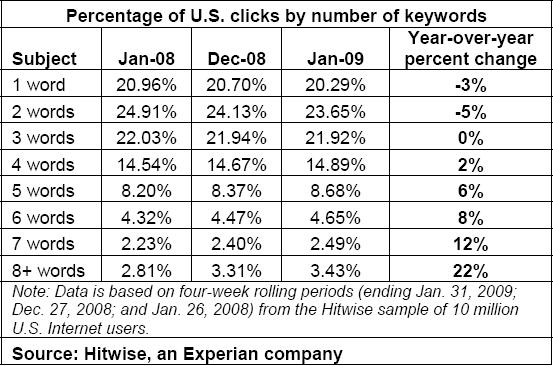 I think the correct way to do marketing, or the way the current landscape demands, can be explained using a metaphor having to do with comparing advertising to a rocket ship:
I think the correct way to do marketing, or the way the current landscape demands, can be explained using a metaphor having to do with comparing advertising to a rocket ship:
Whats Wrong With Big Rocket Ships (AKA Traditional Advertising):
1. Traditional rocket ships are big, complex and are explicitly designed to be controlled. These design requirements result in a huge increase in their cost and complexity, and decrease dramatically the probability of the success for the mission. Likewise, a traditional marketing plan is made to be as big and encompassing as possible. Since there is so much riding on it, the marketing must be controlled. With rocket ships and traditional marketing plans, it’s make it or break it.
2. A Rocket ship uses 80% of its fuel in lift off. Once it gets past the lift off stage its pretty much on its way. Likewise, it takes 80% of the marketing budget to launch a new campaign before it has a chance at catching on. What if the idea is a dud and you can’t tell until after spending 80% of the budget?
3.With the rocket ship costing so much money and taking so much time, it needs to be successful. Traditionally we are continually looking for a “hit” in advertising, something that will spread and become part of pop culture. While trying to predict the likely success of a chosen brand message being a hit, inordinate amounts of money and energy are spent, often, all in vain. Who knows what will be a “hit”? Nobody.
The Solution To The Traditional Rocket Ship Is Replacing It With Hundreds Or More Mini-Rockets:
1. Mini-rockets are cheap to make and launch. And since you don’t have to rely on only one to succeed dramatically well, they don’t need to be built in with fail-proof security and reliability (the reason why traditional rockets cost so much and take so long to build.)
2. Continually measuring the mini-rockets as they go, you can build on the ones that are working and cut back on the ones that aren’t in real-time. Having a budget split up this way allows you to not waste more money than is needed before cutting back on ideas that aren’t working. By relinquishing control, the mini-rockets would be on their own, only bothering to send back whatever they discover.
3. No one knows what is going to be a hit. It’s also hard to tell which demographic will best respond to any particular media. But you stand a better chance at finding a hit with a hundred estimated guesses at a dozen different demographics than one big idea. Then, after launching the multiple mini rockets, you can let the data tell you which one is the best and continue to fund that one.
This strategy requires the brand to forgo the single-minded brand proposition and embrace long tail thinking. Every brand has more than one potentially ideal consumer. But the big rocket ship’s only option is to target one demographic broadly to capture as many people in that demo as possible. This creates a bland campaign that doesn’t resonate perfectly with anyone since it’s trying to attract as many people as possible by being broad. Targeting the “edges” of the tail instead of the masses, or “head” of the tail, requires narrowing your list down to those most likely, most interested people and ignore everyone else.With mini-rockets you can target very specific demographics with a very specific message. Sure, the amount of people you are reaching is less but your chance for success is higher. This is also much cheaper. Target a dozen different demos and try sending a rocket to them all. These smaller niches, in aggregate, can be composed of as many people as the “head” of the tail and stand a better chance of accepting and spreading your brand.


 Saw
Saw